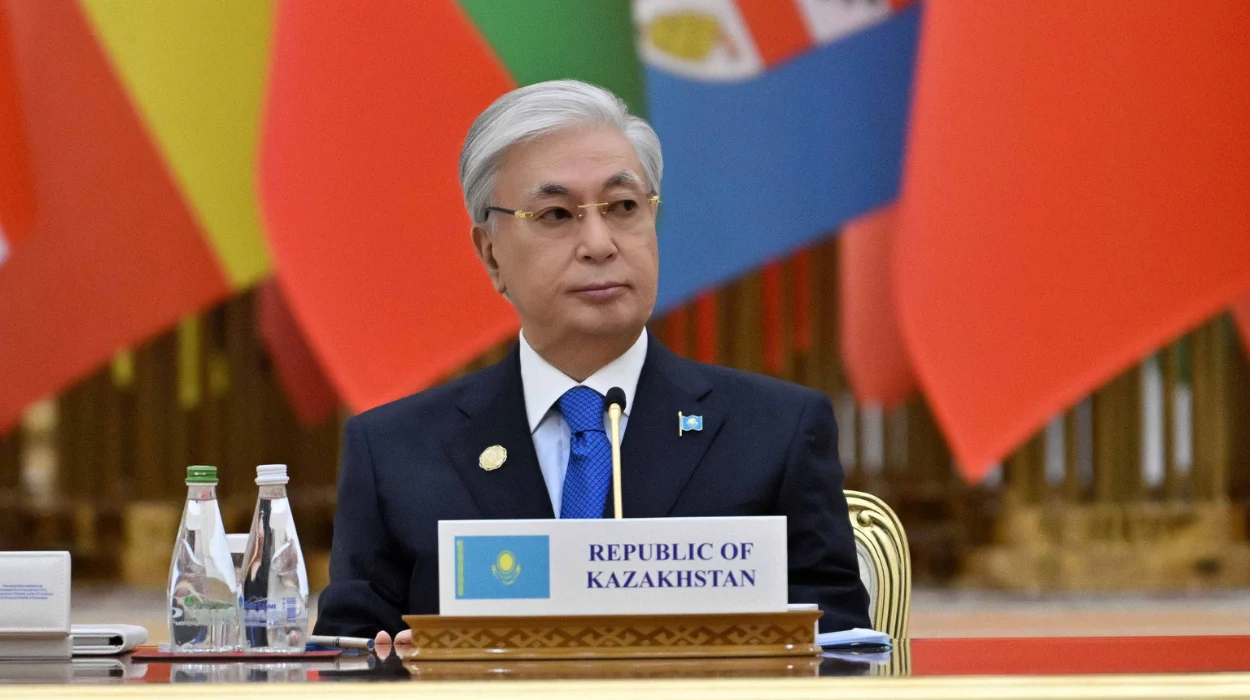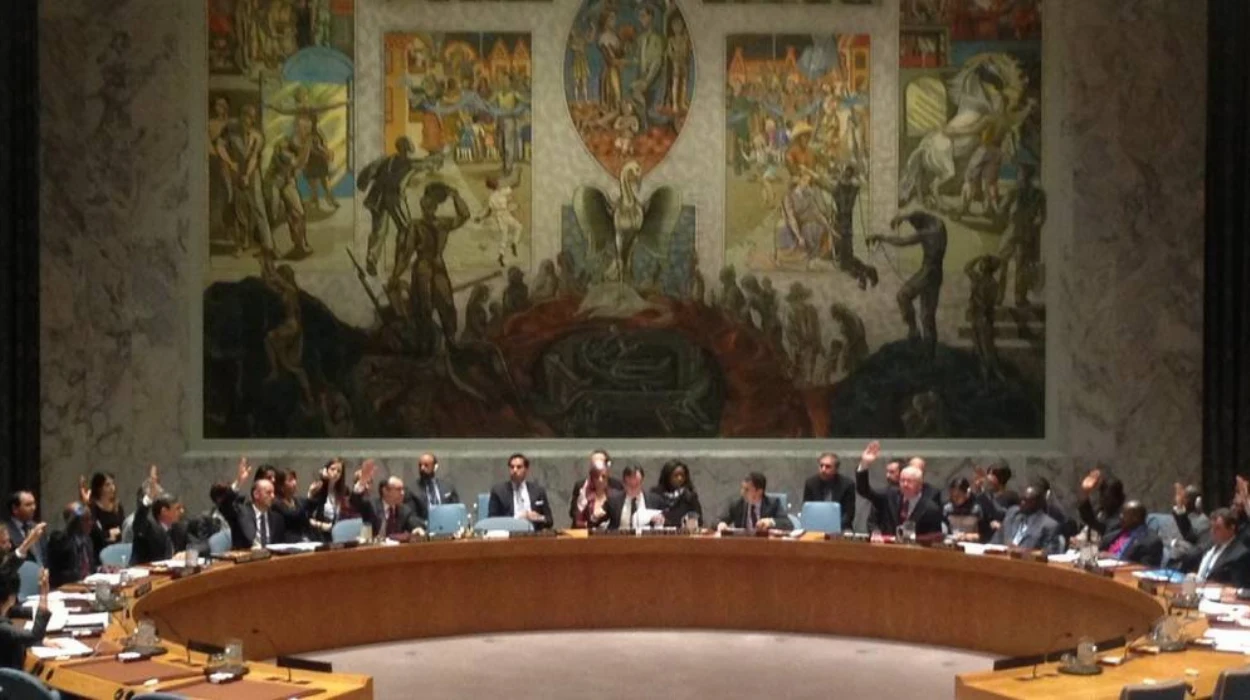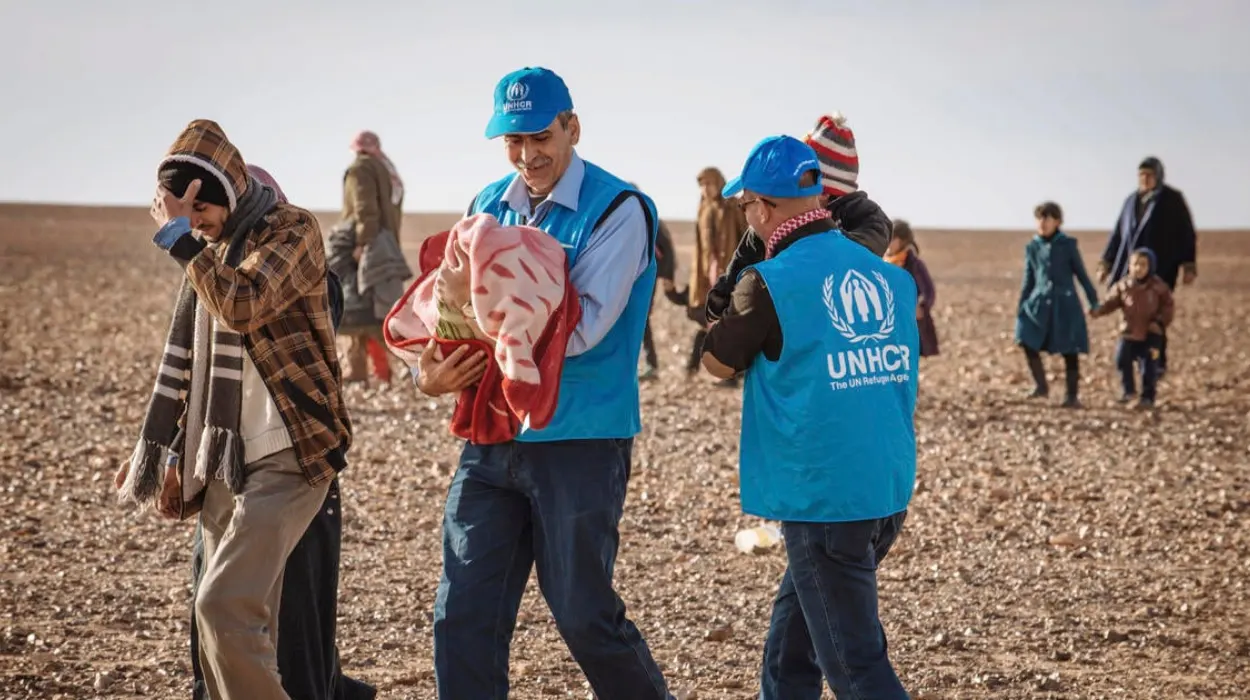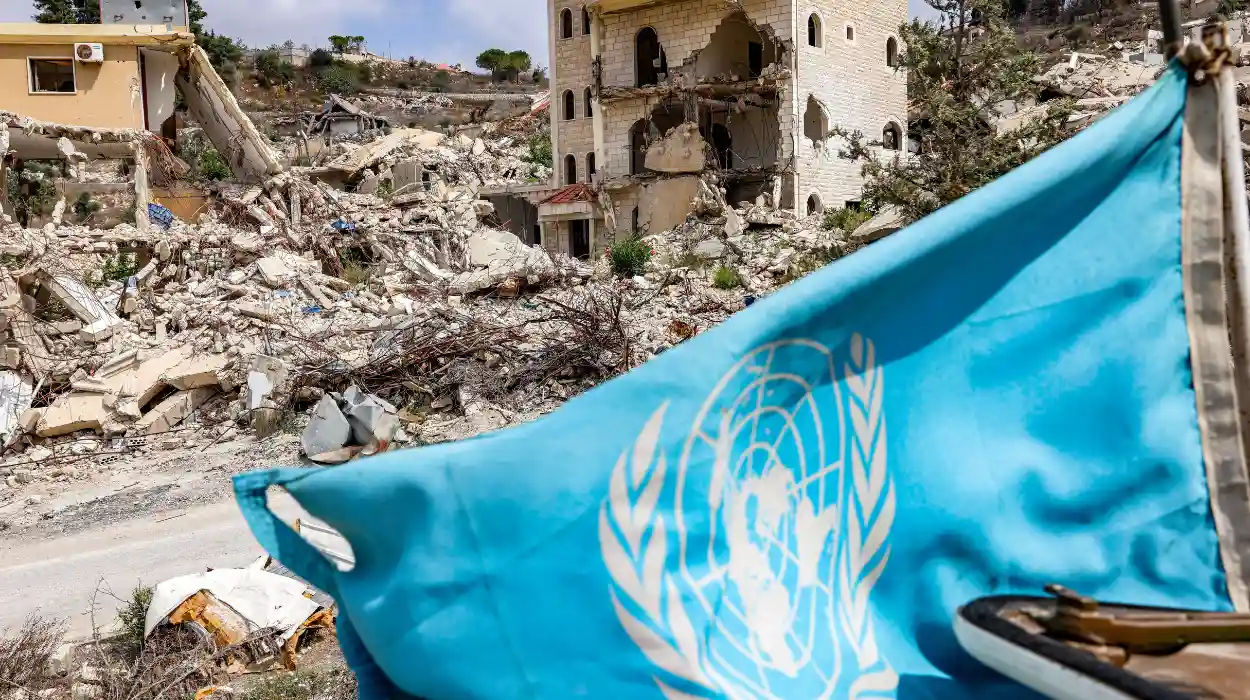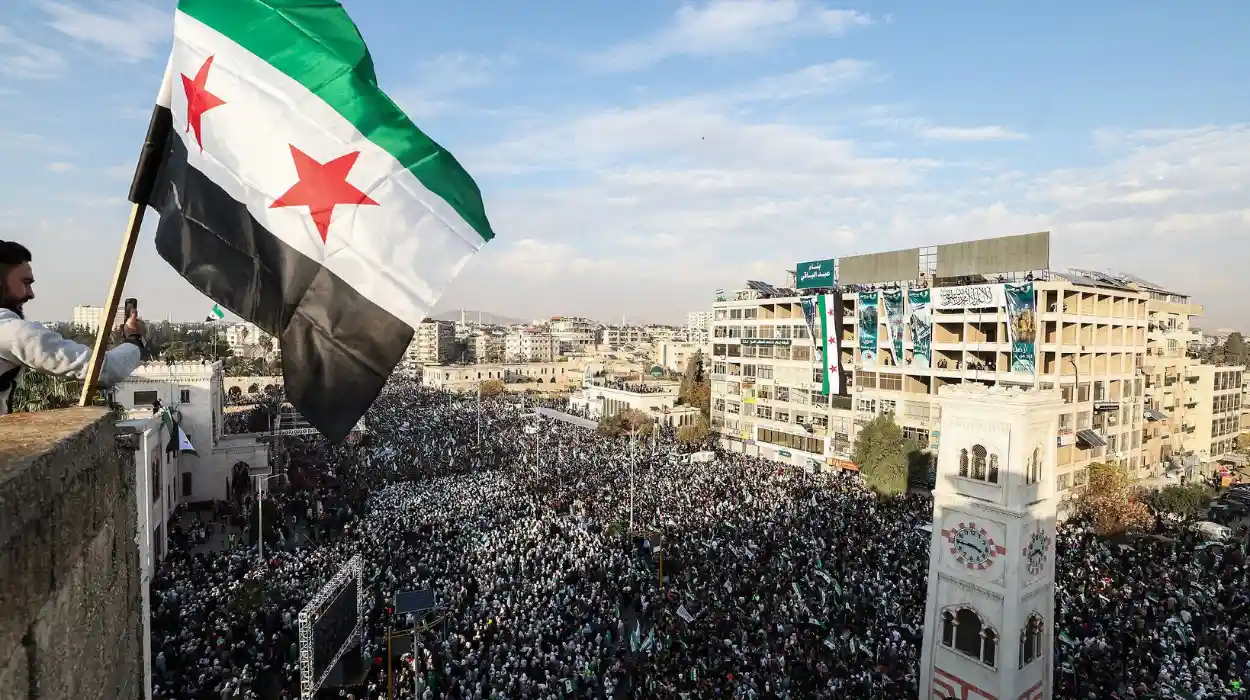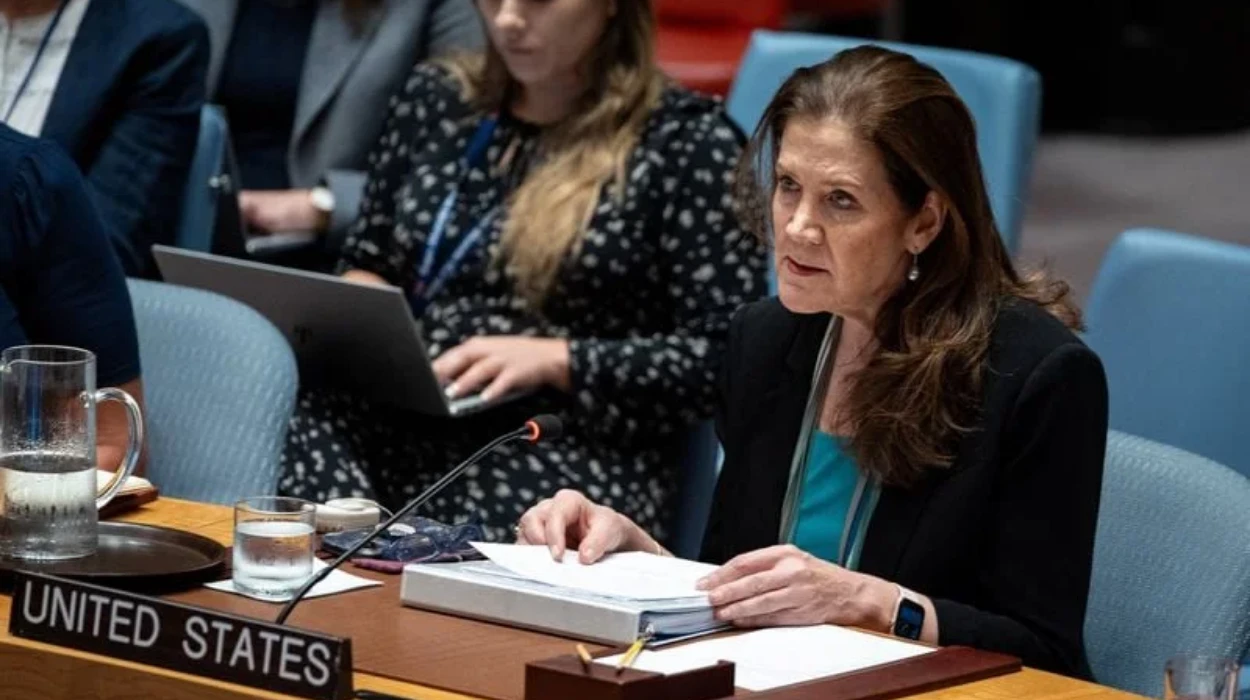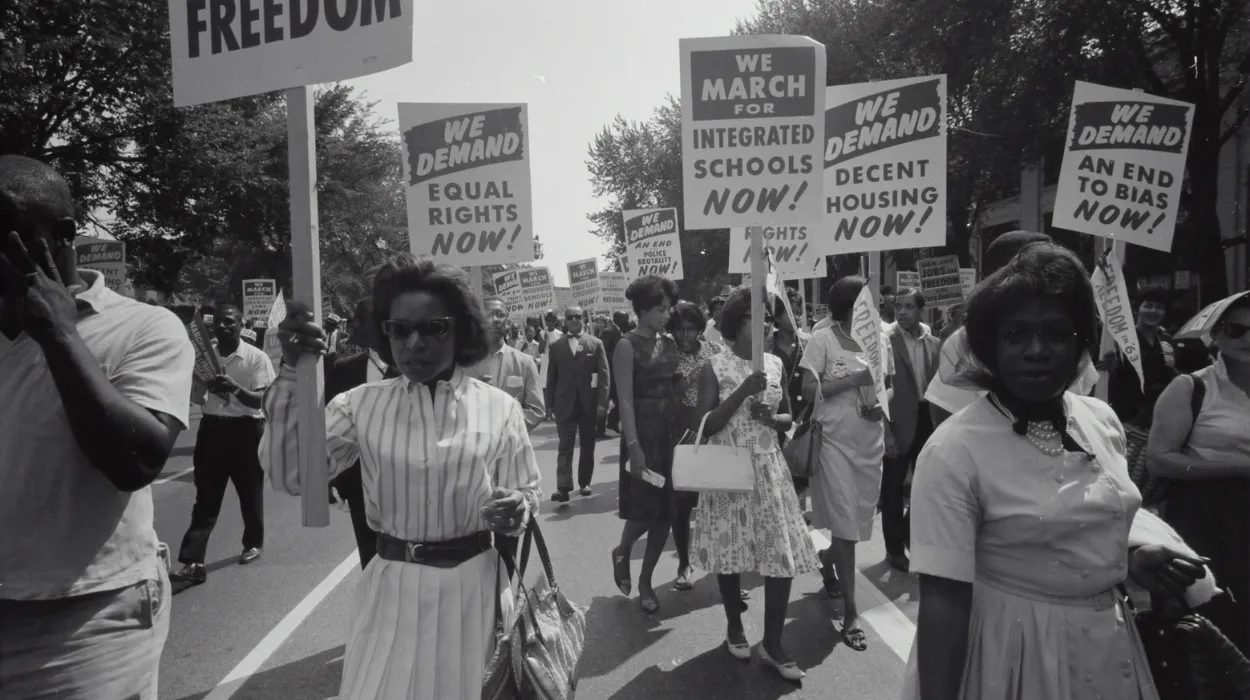The United Nations Interim Force in Lebanon (UNIFIL) was a stabilizing force in the southern part of Lebanon after it was formed in 1978 with a mandate to monitor the ceasefire between Lebanon and Israel, the Lebanese Armed Forces (LAF), and also report on the breach of the UN resolutions. In 2025, the Security Council indicated that UNIFIL would not have a mandate beyond December 2026 and placed the definite termination of the international mission in its frame. With the time running out, concerns are growing whether or not Lebanon can defend its territory without the help of other nations.
As the largest number of UNIFIL remains in Lebanon with a workforce of around 10,800 the gradual withdrawal will signify the beginning of a tectonic change in the nation in terms of security. The situation is strained in the south, where the Israeli military forces occupy disputed land and the armed Hezbollah threatens to break the monopoly of power. Although the Lebanese government has undertaken to ensure that its own forces are deployed in these regions, the likelihood of ensuring a security vacuum is filled is quite questionable.
Lebanese Armed Forces readiness: bridging gaps amid fiscal and operational constraints
The operational reach of the LAF has been gradually expanding, especially following the 2024 ceasefire of Israel and Hezbollah. However, the officials admit that the forces do not have enough logistical support to take over the responsibilities of UNIFIL. The economic meltdown has decimated the defense budgets in Lebanon and postponed the modernization of the military and burdened already constrained resources. As UNIFIL spokesperson Andrea Tenenti has mentioned earlier this year the LAF is operating under severe fiscal pressure and is only proving itself to be committed to its operations, and under this much pressure, it is incapable of making sustained deployments in the south without international assistance.
Political fragmentation and regional complexity
The Lebanese confession balance is reflected in the political organization of the LAF, as it attracts the forces of different sectarian orientations. This diversity, which is meant to enhance national cohesion, tends to make the decision-making process and cohesion in operations to be difficult. The recent announcement of the Lebanese government of the introduction of a state monopoly on arms by the end of 2025 and the need to disarm Hezbollah to do this highlights the political sensitivity of the escalation of LAF in the south.
Hezbollah has come out openly to oppose these moves by seeing them as an attempt to undermine its political bargaining power and defence line against Israel. This tension places the LAF in an awkward situation particularly in areas where Hezbollah continues to hold high social, political, and military power. Having no evident justification by all sides, any effort to establish state control can provoke conflict instead of peace.
International community response and implications for stability
The foreign governments and organizations are still of great importance in equipping the LAF to the post-UNIFIL transition. The United States, France and the United Kingdom have provided equipment, training and logistical assistance, especially in explosive ordnance disposal and surveillance. Finding weapons caches, some as new as June 2025 and rocket systems in villages, with the help of UNIFIL has continued to reveal the difficulty of disarmament in Hezbollah-controlled zones.
Training missions and mentorship programmes have already proven their consequences in some LAF units but the magnitude of the responsibility that awaits them has never been so immense. As long as internal cohesion is weak and infrastructure issues are still ongoing, external assistance is most likely to be a necessity.
Regional security implications
The security vacuum may increase with the early countenanced handover without adequate LAF preparedness, and the danger of the renewal of the hostilities. The Israeli government has raised alarm on what it feels is the unchecked re-armament of Hezbollah. As long as Iran has a good connection with Hezbollah, the regional observers fear that the south part of Lebanon would turn into a platform where bigger battles can be waged. Tel Aviv has gone ahead to strengthen its fortifications in the north and has threatened not to accept the decrease of surveillance power.
Unless Lebanon instills credible deterrence frameworks after UNIFIL, then it can easily fall prey to both internal and external interference. Southern Lebanon stability is not only important to Beirut but also to the rest of the Levantine region where cross-cutting conflicts and alliances complicate crisis response.
The delicate balance of peacekeeping and sovereignty
The presence of UNIFIL has always been an expression of a precarious equilibrium of international peace-keeping and national sovereignty. Nevertheless, the mandate of the mission expressly does not imply direct disarmament of Hezbollah. It depends rather on collaboration with the LAF to deal with threats and avert escalation. This structural bottleneck supports the significance of internal consensus in Lebanon to have a smooth transition.
Although the government has presented bold strategies to reform its military sector including the plans of centralizing the control of weapons, the actual implementation will be subject to the political environment. As parliamentary elections are likely to take place in early 2026, it cannot be ensured that policy continuity, and the changes in alliances can slow down security reforms or dilute them.
Challenges and prospects for Lebanon’s security landscape
As the mandate of UNIFIL nears its expiration, the leadership of Lebanon is under a complex security test. Defense authorities have stressed gradual deployment, first focused on strengthening the existing posts and protecting borders. But, there are systemic problems- be it budget deficits or politicized chain-of-command issues- that have yet to be addressed.
These issues are complicated by infrastructure issues. In Southern Lebanon, roads, electricity, and access to clean water are still in bad shape, which contribute to the lack of operational mobility of the LAF and civilians. Humanitarian agencies caution that security gains could be short lived unless these deficits are filled.
The decision of the Lebanese government to disarm Hezbollah, although praised by certain international players, is one of the most controversial policy-making decisions of recent years. When sought without proper negotiation or integration mechanisms, it will tend to erode the tenuous civil-military balance that prevailed since the conclusion of the civil war.
Voices monitoring the situation closely have weighed in. Euan Ward, a journalist covering Middle Eastern security developments, emphasized the precarious nature of the current transition. In a recent post, he noted that while the LAF’s progress is notable,
“Without substantial international support and clear political consensus, Lebanon remains at risk of spiraling back into conflict.”
His remarks, circulated widely online, reinforce concerns that the international exit strategy may be outpacing local readiness.
Lebanon’s ability to maintain stability in the absence of UN peacekeepers is tied as much to its political will and institutional reforms as to its military capability. The coming year will serve as a critical barometer of how effectively the country can translate strategic plans into operational control, while balancing the interests of foreign allies, domestic power centers, and an increasingly anxious civilian population. The question is no longer whether the LAF will take over from UNIFIL—it is whether it can do so without the country’s underlying vulnerabilities turning a handover into a collapse.


